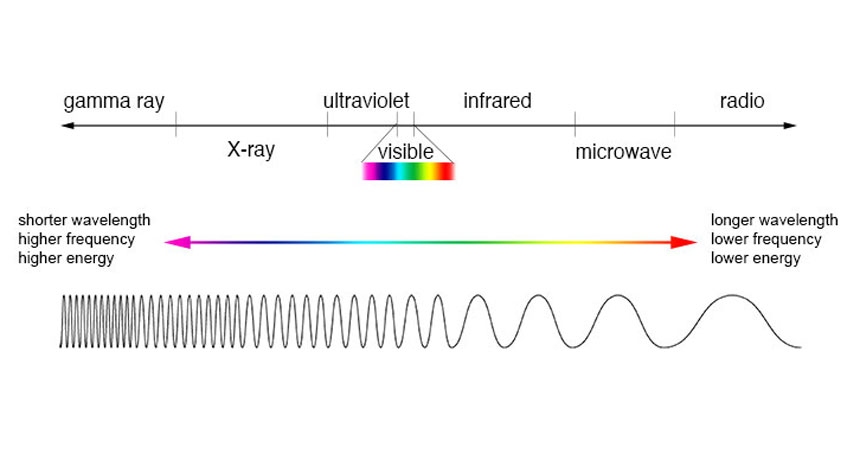Scientists Say: Frequency
A wavelength is distance, but the number of wavelengths over time is frequency

This shows the comparison between wavelength and frequency in waves of light. Wavelengths that are long will have low frequencies because they are so large.
NASA's Imagine the Universe







